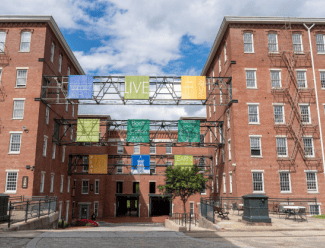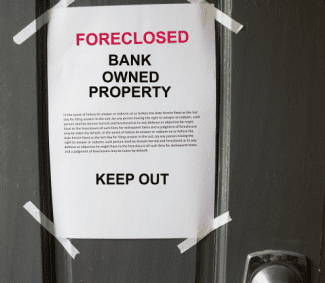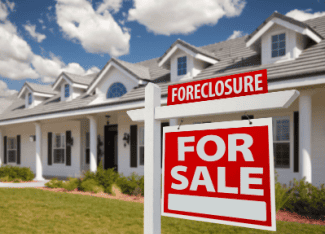Remodels Boom as Owners Choose Upgrades Over New Houses
Cory Laws considered selling his house and moving to an updated property with his girlfriend. But he likes his neighborhood, so he decided to spend as much as $100,000 to remodel the Herndon, Virginia, home.
“I bought the house for me and my two girls at the time, but they’re adults,” said Laws, 61, who’s already rebuilt one room and added mahogany floors to his basement to turn it into a guest apartment. “We’re morphing the house into our haven.”
Laws is among U.S. property owners providing a boost to the $300 billion home-improvement industry. Spending on renovations may rise to a record this year as homeowners with low interest rates decide to stay put and remodel their existing homes, stimulus programs encourage energy-efficiency upgrades, and surging demand for rentals spur landlords to invest in their properties, according to a report released Thursday by Harvard University’s Joint Center for Housing Studies.
Home improvements and repairs now generate about 1.8 percent of U.S. economic activity, slightly below the average over the past decade. As owners gain equity in their properties and rents continue to rise, “investment in improvements to the nation’s housing stock is likely to strengthen,” the center said in its study.
Homeowners in U.S. metropolitan areas, where incomes and property values tend to be higher, account for the majority of improvement spending, according to the Cambridge, Massachusetts-based center. From 2011 to 2013, spending rose 5 percent among urban homeowners, while falling 0.2 percent among non-metro households.
Renovation Decision
Especially in hot real estate markets such as Washington, D.C. — where prices are rising and completed sales increased 8 percent in December from a year earlier, according to data provider RealEstate Business Intelligence LLC — people are deciding to renovate rather than move, said Andreas Charalambous, principal of Forma Design.
Charalambous said his Washington-based interior architecture and design firm just completed its best year since its 1994 founding.
“And it’s getting better,” he said. “People feel more comfortable with what’s happening in the economy.”
Owners in Washington spent the most on improvements, at $5,000 on average, in 2013, the last year the Harvard housing center studied. Boston homeowners followed, spending an average of $4,900. New York was the largest remodeling market, with more than $12 billion in total expenditures. Spending in Washington, Los Angeles, Chicago and Philadelphia ranged from $4 billion to $7 billion, according to the report.
Home Depot
Shares of home-improvement chains Lowe’s Cos. and Home Depot Inc. have been rising. Lowe’s has soared 47 percent in the past year, and Home Depot has surged more than 33 percent.
Growth in the repair-and-remodeling industry in 2015 is likely to match or exceed last year’s, Michael Rehaut, a JPMorgan Chase & Co. analyst, wrote in a research note Wednesday. The industry should be bolstered by factors such as job growth, improving existing-home sales and the benefit to consumers from the drop in oil prices.
That’s no surprise to Laws, who owns a remodeling firm, Details Home Services, in Northern Virginia. He said his business grew 30 percent last year, and he expects the same increase in 2015.
“Everybody is busy,” Laws said. “It’s hard to get contractors to return calls.”
For his own home, Laws is planning an addition to the master bedroom to make room for a large closet, and will turn the current walk-in closet into a laundry room. He’s also converting a patio into a sun room.
‘Nice Street’
“We were thinking of finding a place farther out where we’d have some more privacy,” he said. “But the more I thought about it, I like where I am. It’s a nice street, all the neighbors know me.”
As of 2013, individual homeowners were spending less on improvements than they did during the pre-recession high. In the Northeast, Americans spent about $3,300 on average for upgrades, almost 90 percent of the peak, according to the Harvard report. In the West, they paid $2,600 on average, more than 40 percent below the high.
Demand for rental homes may boost future remodeling activity, with capital investments on the rebound at aging properties for lease, the housing center said in its report. Per-unit spending on professionally managed rental properties with 50 or more units surged by more than 40 percent between 2010 and 2013, according to the National Apartment Association.
Baby boomers such as Laws made up the largest portion of the remodeling market, accounting for about half of total spending in 2013. While their share has started to drop in recent years, older homeowners are expected to continue to play a significant role, according to the Harvard report.
“Little by little we’re rebuilding the house,” Laws said. “It’s an ongoing thing.”
This article originally appeared on Bloomberg.com















 Accessibility
Accessibility